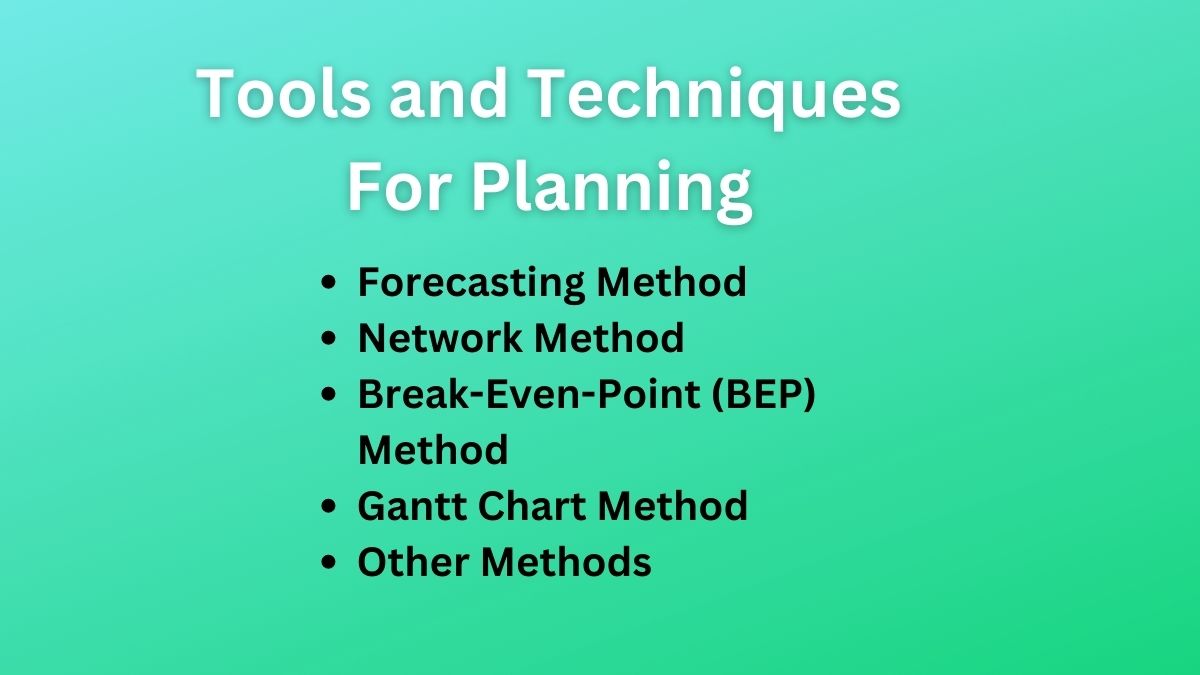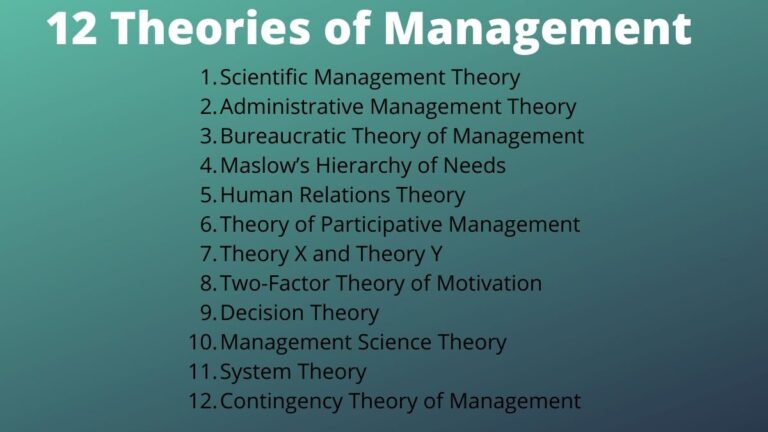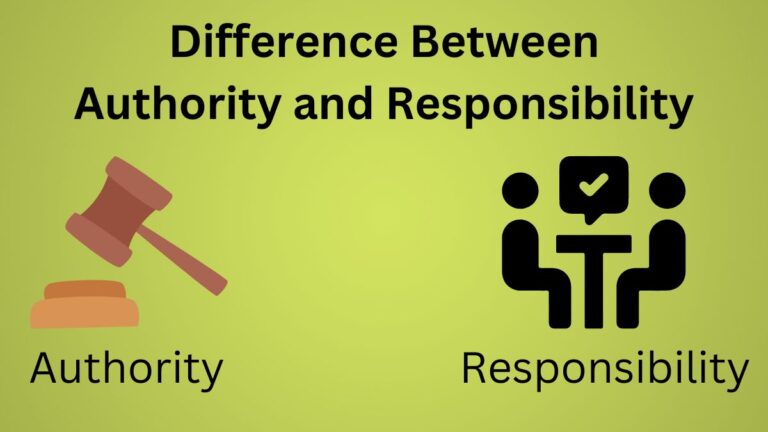Quantitative and Qualitative Tools For Planning [Explained]
Techniques and Tools For Planning
Organizations can use various tools and techniques for the effectiveness and efficiency of planning. It would help if you understood qualitative and quantitative planning tools that support formulation and implementation.
Managers should understand the advantages, disadvantages, or limitations of these tools and choose one that helps to select a suitable method to minimize the risk and uncertainty.
Each of these planning tools has its strengths and weaknesses. You should use these tools on the basis of your knowledge and the nature of the problems. The following are the important tools and techniques for planning.
Forecasting Method
Forecasting is the general estimation of projections about something like production, sales, expenses, income, profits, etc. depending upon past experience and present situation.
Forecasters use required information from many sources. The forecasting method can be qualitative and quantitative.
Qualitative Forecasting – There are three main methods of qualitative forecasting.
- Informed Judgements – In this method, planners generally meet the selected customers, suppliers, and distributors to collect information and estimate about future of their judgments.
- Scenario Analysis – Under this technique, the planner collects the opinions of experts about the future situation and environment. The experts may provide three scenarios to forecast the situation. They are the best case, most likely case, and worst case. The planner can predict future targets by using these scenarios.
- Delphi Technique – This method also depends on the survey and experts. Planners should ask a set of questions and collect answers from them. Those answers should be analyzed carefully and reach a decision of tentative results.
Quantitative Forecasting – There are four types of quantitative techniques that aid in planning stated below:
- Single Projection Method – It is a traditional method under which simply adding to the last year’s figures makes current year estimation. It can forecast only rough figures.
- Extrapolation Method – This is a projection method based on an analysis of more than two years. Under this method, managers can estimate future projections using past years’ data. They can use statistical methods for calculating the values.
- Time Series Analysis – This method is suitable for long-term forecasting on the basis of past year data and information. Statistical procedures can be applied to analyze past data that help future projections.
- Moving Average Method – This method is used for the estimation of a short-term plan that provides a moving average of time series. This point of the time series is the arithmetic or weighted average of a number of preceding consecutive points of the series.
Network Method
This technique can be used to organize and manage the activities for challenging projects. Using this technique, schedulers should rank all the events, activities, and times in the order of significance. Each activity’s expected time commitment is listed and grouped diagrammatically.
The crucial path should be identified and all actions should be connected to one another. PERT (Program Evaluation and Review Technique), Critical Path Method (CPM), Arrow Diagrams, etc. are the most useful network methods.
Break-Even-Point (BEP) Method
This method of planning is also known as cost volume profit analysis. It identifies the point of no profit and no loss. Under this method, fixed cost, variable cost, and selling price per unit are used to estimate the desired profit.
It also helps to find out the quantity at which the maximum revenue can be generated and profit can be earned. It gives information about price and profit decisions. The Break-even point can be calculated by the formula method or the graphic method.
Gantt Chart Method
This method was developed by Henry L. Gantt at the beginning of 1900 AD. This is a scheduling technique of planning. Under this method, horizons like days, weeks, months, etc. are shown in the horizontal axis and activities to be performed are shown in the vertical axis of the schedule.
This chart shows the sequence of each activity with a starting point and ending point clearly. This method enables the managers to monitor and control the programs effectively.
Other Methods
There are other various statistical countings, mathematical, financial, and forecasting methods/tools for planning. They are simulation, linear planning, matric, flow chart, share valuation, computer programming, decision tree, etc. Managers should have adequate knowledge of these tools which assist them in selecting the proper method as their necessity.
Read Next: Methods of Planning
Sajan Kushmi is a content writer with more than 4 years of experience. He holds BIM Degree. He write on the topics related to Management, Marketing, and Entrepreneurship.






